Thermoplastic Olefin (TPO) roofing has gained popularity in recent years due to its energy efficiency, durability, and cost-effectiveness. TPO roofing is made from a combination of rubber and plastic polymers and is commonly used for commercial and industrial buildings. Proper installation, repair, and replacement of TPO roofing are critical to maintaining its lifespan and ensuring its efficiency.
TPO roofing is a type of single-ply roofing membrane that is used on flat or low-sloped roofs. TPO roofing is lightweight, flexible, and resistant to ultraviolet light and weathering. TPO roofing has a lifespan of 20 to 30 years, depending on the quality of installation, maintenance, and environmental factors. TPO roofing is available in different thicknesses and colors, making it a versatile option for various building types. This article will discuss TPO roofing and its benefits, the installation process, repair and replacement options, and maintenance tips.
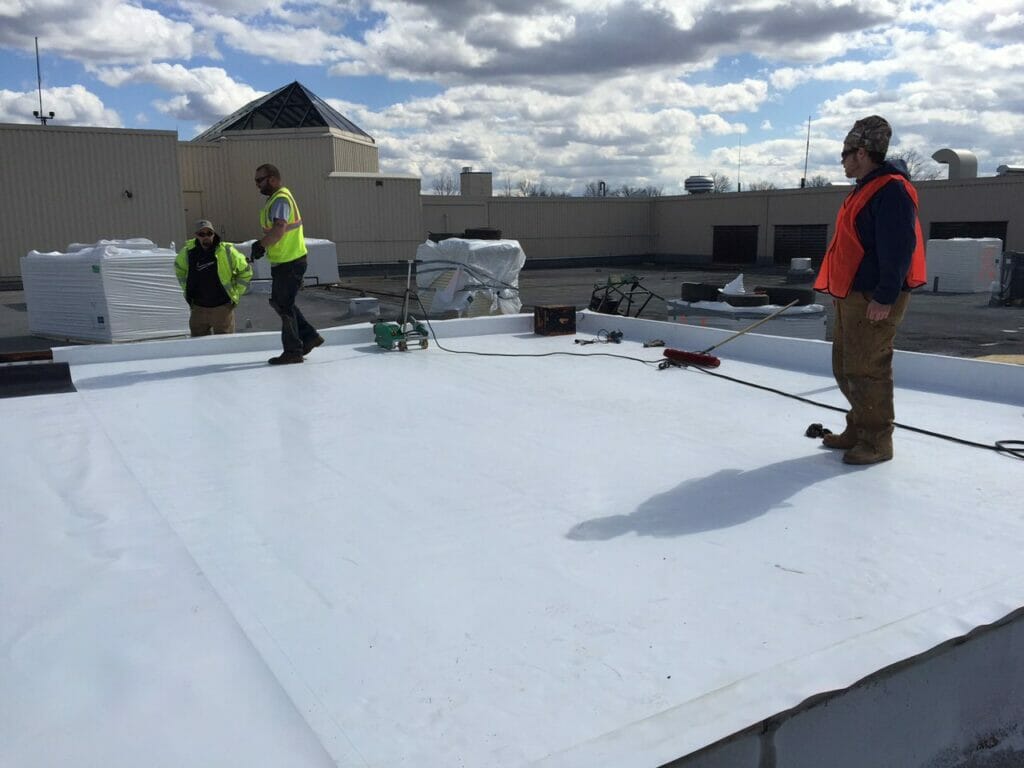
The Benefits of TPO Roofing include:
Energy Efficiency: TPO roofing has a high solar reflectivity index, which means it reflects heat and reduces the amount of energy needed to cool the building.
Durability: TPO roofing is resistant to punctures, tears, and impact damage.
Cost-effectiveness: TPO roofing is affordable compared to other roofing materials and has a longer lifespan, which means it requires fewer repairs and replacements over time.
Importance of Proper Installation, Repair, and Replacement
Proper installation, repair, and replacement of TPO roofing are critical to ensuring its efficiency and longevity. Improper installation, repair, or replacement can lead to water damage, leaks, and decreased energy efficiency. It is essential to hire a professional roofing contractor with experience in TPO roofing to ensure the job is done correctly.
Installation of TPO Roofing
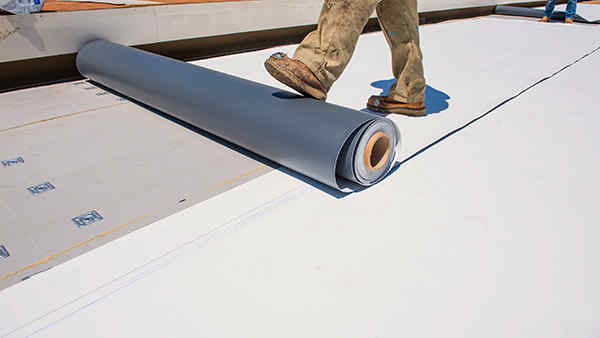
Preparation and Planning
Before installing TPO roofing, it is essential to conduct a thorough inspection of the roof deck to identify any damage or areas that require repair. The roof deck must be clean, smooth, and free of debris. The TPO roofing membrane should be installed over a substrate, which is typically a layer of insulation.
Material and Tools Needed
The materials needed for TPO roofing installation include the TPO roofing membrane, insulation, fasteners, adhesives, and flashing. The tools needed for TPO roofing installation include a roofing gun, scissors, a utility knife, measuring tape, and a roller.
Step-by-Step Installation Process
The TPO roofing membrane is typically installed in three steps: securing the insulation, attaching the TPO membrane, and installing the flashing.
Step 1: Securing the Insulation
The insulation is secured to the roof deck using mechanical fasteners or adhesive. The insulation should be cut to fit the roof deck and placed in a staggered pattern to avoid gaps.
Step 2: Attaching the TPO Membrane
The TPO membrane is attached to the insulation using a roofing gun and fasteners. The TPO membrane is rolled out over the insulation and secured in place.
Step 3: Installing the Flashing
The flashing is installed around the perimeter of the roof and any penetrations, such as pipes or vents. The flashing is typically made of TPO material and is heat welded to the TPO membrane.
Common Mistakes to Avoid During Installation
Common mistakes to avoid during TPO roofing installation include improper preparation of the roof deck, inadequate insulation, and incorrect installation of flashing. It is important to follow the manufacturer's instructions and hire a professional roofing contractor with experience in TPO roofing installation.
Repair of TPO Roofing
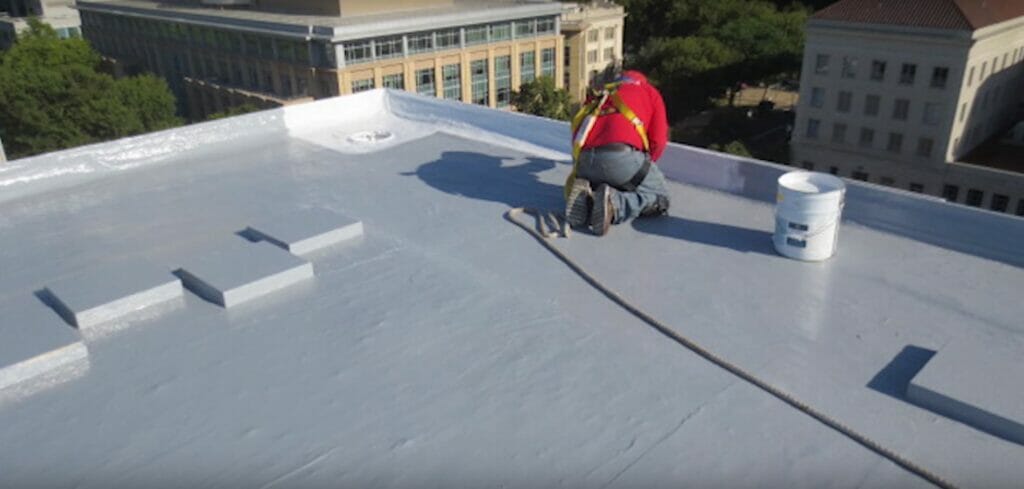
Identifying Common Problems and Causes
TPO roofing can experience common problems, such as punctures, tears, cracks, and seam separations. These issues can occur due to various factors, including weathering, foot traffic, and improper installation.
Materials and Tools Needed for Repair
The materials needed for TPO roofing repair include TPO roofing membrane, adhesive, seam tape, and flashing. The tools needed for TPO roofing repair include a utility knife, scissors, a roller, and a hot air gun.
Step-by-Step Repair Process
The TPO roofing repair process typically involves identifying the problem area, preparing the surface, applying adhesive or seam tape, and installing flashing if necessary.
Step 1: Identifying the Problem Area
The problem area is identified by conducting a thorough inspection of the roof. The area is marked, and any debris or loose material is removed.
Step 2: Preparing the Surface
The surface is cleaned and prepared using a cleaner and primer to ensure proper adhesion.
Step 3: Applying Adhesive or Seam Tape
Adhesive or seam tape is applied to the problem area to seal the puncture, tear, or separation.
Step 4: Installing Flashing if Necessary
Flashing is installed around the perimeter of the repair area and any penetrations to ensure proper water runoff.
Common Mistakes to Avoid During Repair
Common mistakes to avoid during TPO roofing repair include using the wrong type of adhesive, not preparing the surface properly, and failing to address underlying issues that may have caused the damage.
Replacement of TPO Roofing
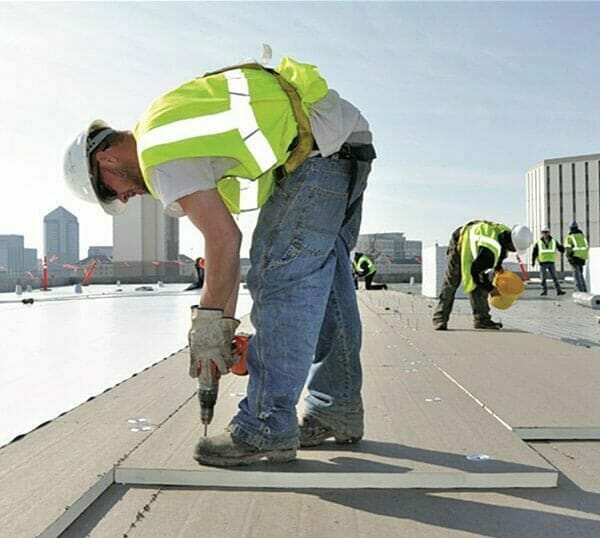
Signs That Indicate the Need for Replacement
TPO roofing can last up to 30 years, but there are signs that indicate the need for replacement. These signs include extensive damage, repeated repairs, and age-related wear and tear.
Preparation and Planning for Replacement
Before replacing TPO roofing, it is essential to conduct a thorough inspection to identify the extent of the damage and determine if a full or partial replacement is necessary. A professional roofing contractor should be consulted to ensure the replacement is done correctly.
Materials and Tools Needed
The materials needed for TPO roofing replacement include TPO roofing membrane, insulation, fasteners, and flashing. The tools needed for TPO roofing replacement include a roofing gun, scissors, a utility knife, measuring tape, and a roller.
Step-by-Step Replacement Process
The TPO roofing replacement process involves removing the existing membrane, installing new insulation and TPO membrane, and installing new flashing.
Step 1: Removing the Existing Membrane
The existing TPO membrane is removed using a roofing gun and tools to ensure the substrate is not damaged.
Step 2: Installing New Insulation and TPO Membrane
New insulation and TPO membrane are installed using the same process as TPO roofing installation.
Step 3: Installing New Flashing
New flashing is installed around the perimeter of the roof and any penetrations using the same process as TPO roofing installation.
Common Mistakes to Avoid During Replacement
Common mistakes to avoid during TPO roofing replacement include failing to identify the extent of the damage, using the wrong type of insulation or membrane, and incorrect installation of flashing.
Maintenance of TPO Roofing
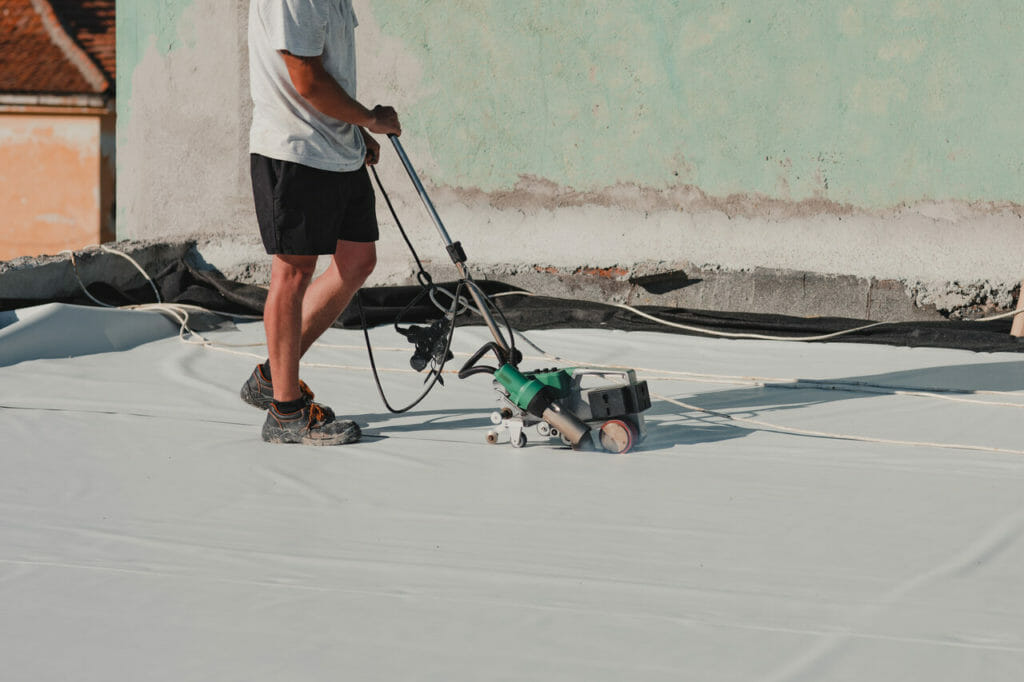
Importance of Regular Maintenance
Regular maintenance of TPO roofing is critical to ensuring its efficiency and longevity. Maintenance can help identify and address issues before they become major problems, extending the lifespan of the roof.
Recommended Maintenance Schedule and Activities
The recommended maintenance schedule for TPO roofing is twice per year, in the spring and fall. Maintenance activities include cleaning the roof surface, inspecting for damage, and addressing any issues that are identified.
Tips for Maintaining TPO Roofing
Tips for maintaining TPO roofing include keeping the roof surface clean, avoiding foot traffic, and hiring a professional roofing contractor to conduct maintenance and repairs.
Conclusion
All in all, TPO roofing is an excellent choice for commercial and industrial buildings due to its energy efficiency, durability, and cost-effectiveness. To ensure that TPO roofing lasts for its expected lifespan and provides the energy efficiency and cost savings that make it such a popular choice, proper installation, repair, replacement, and maintenance are critical. Building owners must hire a professional roofing contractor like MM Dynamic with experience in TPO roofing to ensure the job is done correctly.
At MM Dynamic, we understand the importance of proper installation, repair, and maintenance of TPO roofing. We have a team of experienced professionals who can handle all aspects of TPO roofing, including installation, repair, replacement, and maintenance. Our team uses high-quality materials and the latest technology to ensure that the job is done right the first time.
Regular maintenance of TPO roofing can help identify and address issues before they become major problems, extending the lifespan of the roof. Building owners should follow the guidelines outlined in this article to ensure their TPO roofing lasts for its expected lifespan and provides the energy efficiency and cost savings that make it such a popular choice.
MM Dynamic
11 Satten Ln
Saugerties, NY
12477
(845) 466-0064
https://mmdynamicroofing.com/



